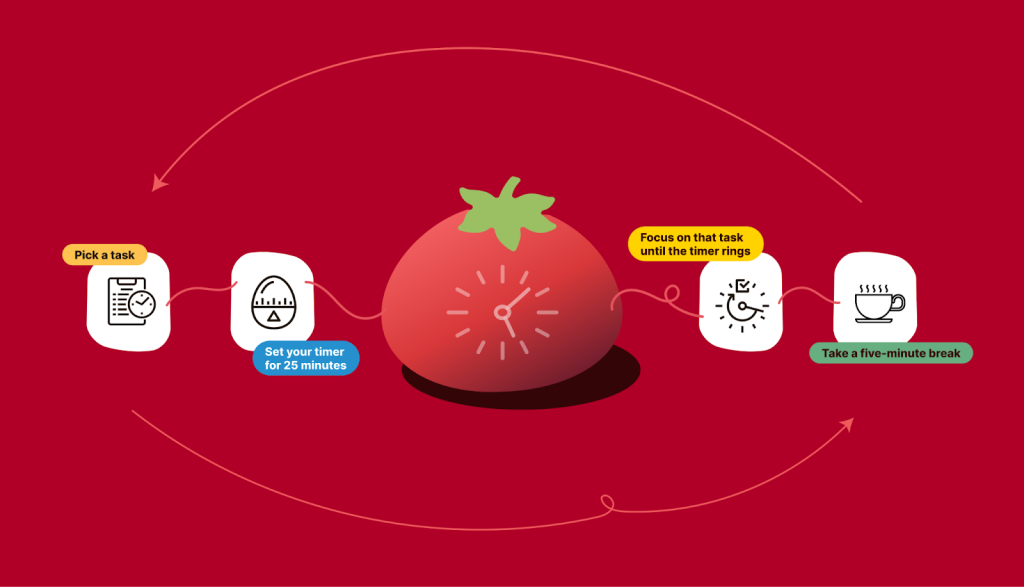
Remote work has become more than just a trend—it’s now a standard mode of employment for millions around the globe. While working from home offers flexibility and eliminates the daily commute, it also comes with its own unique set of challenges. Distractions, lack of structure, and blurred boundaries between work and personal life can significantly affect productivity. Fortunately, there are proven strategies that can help remote workers stay focused, motivated, and efficient. Here’s a comprehensive guide to remote work productivity tips that actually work.
1. Create a Dedicated Workspace

One of the most effective ways to boost productivity is by establishing a dedicated workspace. Your home office doesn’t have to be extravagant, but it should be a place you associate with focus and professionalism. Avoid working from your bed or couch, as these spaces are linked to relaxation, which can make staying alert more difficult. A separate workspace signals to your brain that it’s time to work, helping you maintain concentration and create a clear boundary between professional and personal life.
2. Set a Consistent Schedule
Without a fixed schedule, remote work can easily slip into irregular habits, such as working late into the night or taking unplanned breaks. Define a clear start and end time for your workday. Use your calendar to block off focused work periods, meetings, and breaks. A consistent routine helps maintain your internal clock, reduces procrastination, and ensures that work doesn’t spill over into personal time.
3. Prioritize Tasks with the Right Tools
Productivity often fails not because of lack of effort but because of poor task management. Use task management tools like Trello, Asana, or Todoist to prioritize tasks. Break larger projects into smaller, actionable steps and focus on completing high-priority items first. The Eisenhower Matrix, which divides tasks into urgent vs. important categories, can also help you focus on work that truly matters.
4. Implement the Pomodoro Technique

The Pomodoro Technique is a time management method that involves working for 25 minutes followed by a 5-minute break. After four “Pomodoros,” take a longer break of 15–30 minutes. This approach reduces mental fatigue, maintains high levels of focus, and prevents burnout. Many remote workers find that breaking work into short, timed intervals keeps their productivity consistent throughout the day.
5. Minimize Distractions
Distractions are perhaps the biggest productivity killer in remote work. Identify what commonly interrupts your workflow—social media, mobile notifications, household chores—and take proactive steps to minimize them. Tools like Freedom, Focus@Will, or browser extensions that block distracting sites can help you stay on track. Also, communicate boundaries to family members or roommates to avoid interruptions during focused work periods.
6. Take Care of Your Physical and Mental Health
Physical and mental well-being are closely linked to productivity. Sitting for hours at a desk can lead to fatigue and reduce focus. Take short breaks to stretch, walk, or do a quick workout. Staying hydrated and eating balanced meals also support sustained energy levels. Moreover, remote work can feel isolating, so schedule regular check-ins with colleagues or engage in virtual social activities to maintain mental health.
7. Leverage Technology for Communication and Collaboration

Remote work requires seamless communication to prevent misalignment. Use communication tools like Slack, Microsoft Teams, or Zoom to stay connected with your team. Clear communication reduces misunderstandings, ensures everyone is on the same page, and allows you to spend less time clarifying tasks, which improves overall efficiency.
8. Set Boundaries Between Work and Life
When working from home, it’s easy to blur the line between work and personal life. Setting boundaries is crucial for long-term productivity. Define clear start and stop times, and avoid checking work emails during off-hours. This separation allows your brain to fully recharge and reduces the risk of burnout, making you more productive during actual work hours.
9. Regularly Review and Adjust Your Workflow
Productivity is not a one-size-fits-all approach. Regularly assess what strategies are working and where improvements can be made. Perhaps certain hours are more productive than others, or some tasks require a quieter environment. Adjusting your workflow based on experience ensures continuous improvement and helps you optimize your remote work habits over time.
Conclusion
Remote work offers tremendous flexibility, but staying productive requires intentional effort. By creating a dedicated workspace, maintaining a consistent schedule, prioritizing tasks, minimizing distractions, and taking care of your health, you can work efficiently and achieve your goals. Coupled with effective communication and ongoing workflow adjustments, these strategies ensure that remote work doesn’t just offer convenience—it also allows you to perform at your best. Implement these tips, and you’ll likely find that working from home can be just as productive, if not more so, than working in a traditional office setting.




